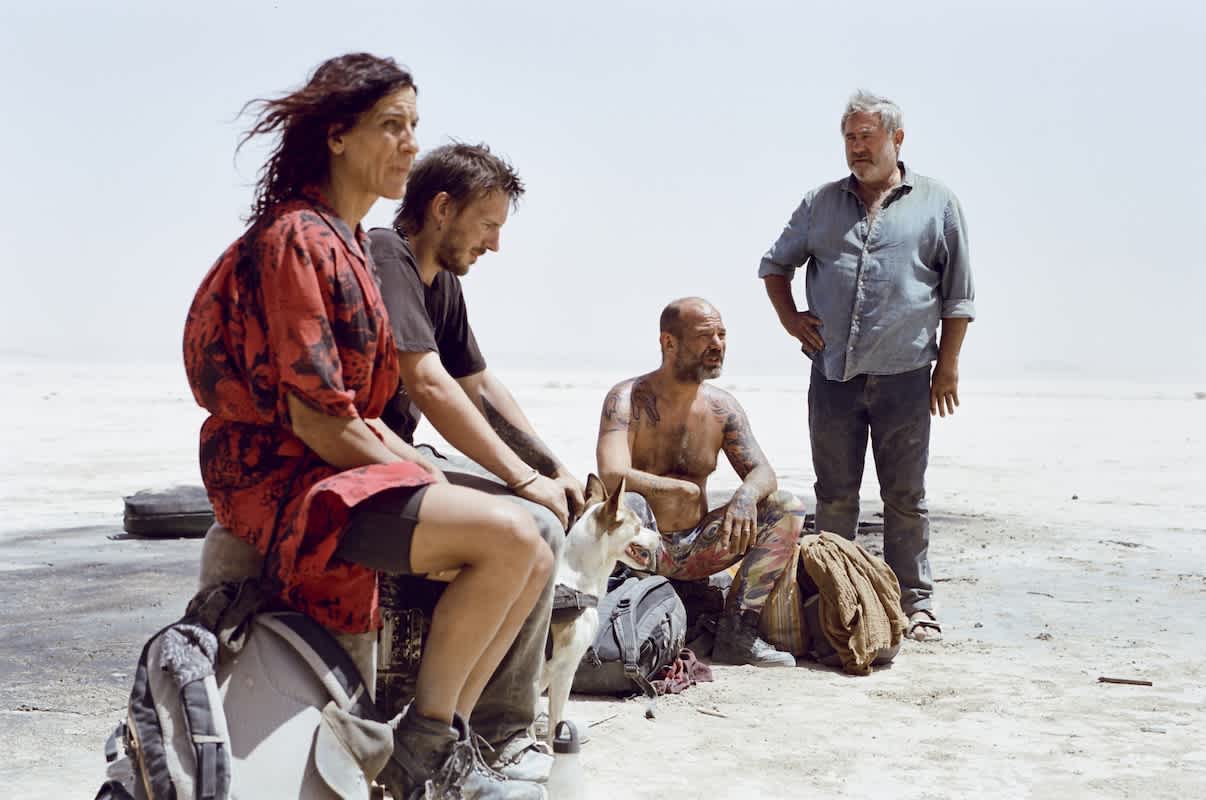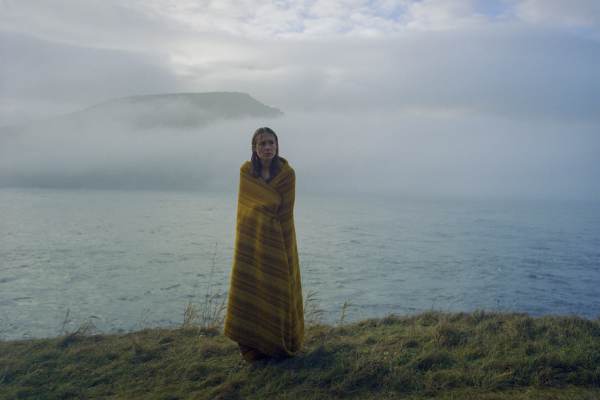Producer Oriol Maymo on filming Oliver Laxe's 'Sirat' in the searing desert heat
The director returned to Morocco for his latest feature Sirat, a premiere in Cannes 2025’s Competition.
By Geoffrey Macnab 13 May 2025

Why shoot in Morocco? For France-born Spanish director Oliver Laxe, the question is, “Why shoot anywhere else?” His debut feature You All Are Captains was made in Tangier in 2010. His second, 2016’s Mimosas, was filmed in the spectacular Atlas mountains. Both played to acclaim at Cannes Film Festival. The director returned to Morocco for his latest feature Sirat, a premiere in Cannes 2025’s Competition.
The story follows a father, played by Spain’s Sergi Lopez, searching for his missing daughter in the Saghro desert, accompanied by his son. “For Oliver, it was very important to shoot in Morocco,” emphasises Oriol Maymo, the Spanish producer brought in by Laxe and El Deseo, the production company run by Pedro and Agustin Almodovar, and its backer, Spanish streamer Movistar Plus+, to oversee the project.
“We have always been very impressed by his knowledge of Moroccan geography,” agrees co-producer Andrea Queralt of France’s 4 A 4 Productions. “He speaks Arabic and is strongly tied to this country and this culture.”
Local partner
Following a month in Spain, Sirat filmed in Morocco for around four weeks in summer 2024, mostly in locations in the southeast desert near Errachidia and Erfoud. Maymo worked closely on production services with Casablanca-based producer Mont Fleuri, run by Saïd Hamich, whose credits include Adil El Arbi and Bilall Fallah’s Rebel and Laïla Marrakchi’s Strawberries.
The first challenge was to calculate how practical it would be to transport equipment from Casablanca or Marrakesh to the desert locations, several hours away by truck. “[Moroccan service companies] are used to moving equipment from one city to another,” says Maymo. “For them, that’s something very common — and to go to the desert to shoot is something they’re also very used to.”
When he is working internationally, says Maymo, he looks to use as many local crew members as possible. He brought over key technicians from Spain to ensure continuity — but was often using both Spanish and Moroccan heads of department.
He estimates there were around 35 Spanish crew and 70 Moroccans during the desert shoot. “It’s a road movie. We were shooting with two cameras many times,” he says.
All the Morocco scenes were filmed on location, in windy, arid conditions and in the mountains. “We were 100% exposed to the mercy of the sound, the sand and the wind,” says Maymo. “We had precarious tents that would fly away with the wind.”
One particularly complex scene involved a train, which was tricky to organise, partly because of the risk of sandstorms and partly because it took so long to get the train to the location.
“But the biggest challenge was the heat,” reveals the producer. Even the Spanish crew members were not used to such sweltering conditions and had to be reminded by their Moroccan counterparts to drink plenty of water and wear sun block. “They really took care of us,” says Maymo.
His advice for producers looking to shoot in Morocco is to prepare thoroughly. The Moroccan technicians were “really amazing”, but that also meant they were heavily in demand. Maymo was warned by his line producer to book their services many months in advance. “If not, they would take another film. They had good offers to shoot on American films.”
Maymo recommends scouting trips and explaining to the Centre Cinématographique Marocain (CCM) “what you need and what you want. It is very important for them to be involved in the project and know exactly what you are going to do.
“The Moroccan government [agencies] are strict but they are helpful,” he continues. “If you ask them in time, they’ll get you permission to get a drone, to get everything. You can get whatever you want but you need time. Things go a little bit slower than what we’re used to in Europe.”
The production was able to access Morocco’s 30% tax rebate, as it filmed at least 18 days in the country. The reliable incentive, administered by CCM, usually takes around a year to be paid after shooting has ended, with many French banks willing to lend against it.
The work may have been gruelling but the filmmakers relished their time in Morocco. “I love it and I will come back for sure,” says Maymo. “If you need these landscapes, these deserts and big mountains in the middle of nowhere, Morocco is an amazing place to shoot.”
This feature appeared in our print publication World Of Locations' Cannes edition
Latest news & features
Featured profiles
Promote your services with Screen Global Production
Choose from three profile types - Basic, Silver and Gold
Create ProfileWe offer a range of display advertising opportunities.
Learn More


